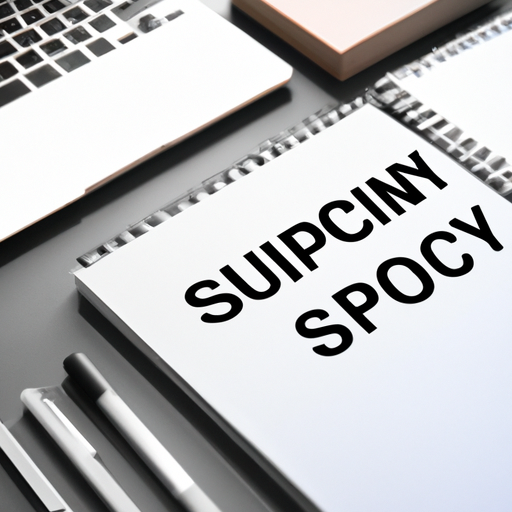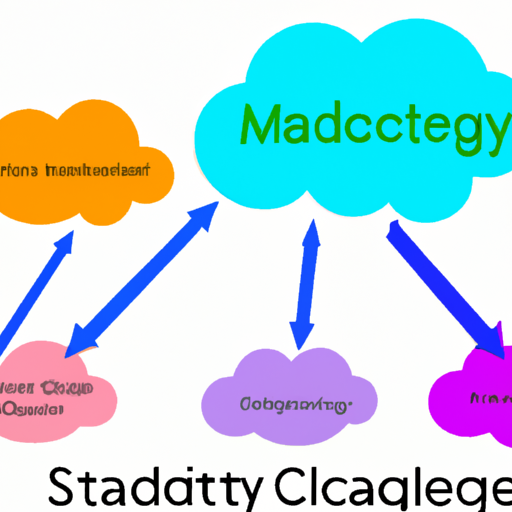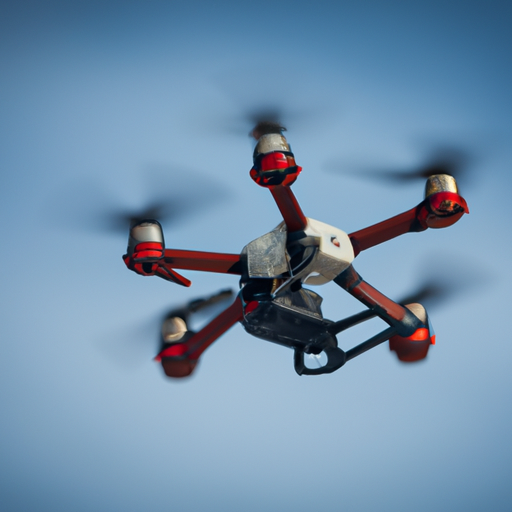In 2023, Adaptive Learning Technology is at the forefront of education innovation, fundamentally changing how students engage with learning materials. This technology tailors educational experiences to individual learning styles, enabling personalized education like never before.
What is Adaptive Learning Technology?
Adaptive Learning Technology utilizes algorithms and data analysis to modify learning content in real-time based on a learner’s performance. This approach allows educational platforms to identify strengths and weaknesses, providing targeted resources to enhance understanding and retention.
Benefits of Adaptive Learning
- Personalized Learning Experiences: Each student receives a unique learning path, making it easier to grasp complex concepts.
- Improved Engagement: By catering to individual preferences and learning speeds, students are more likely to stay motivated and involved.
- Data-Driven Insights: Teachers can analyze performance metrics to refine instructional strategies and improve educational outcomes.
The Role of Adaptive Learning in Online Education
The surge in online learning platforms has highlighted the importance of adaptive learning. With an increasing number of learners choosing online education, the ability to customize learning experiences is crucial. Adaptive Learning Technology helps institutions cater to diverse learner needs, ensuring that education remains accessible and effective.
Future Trends in Adaptive Learning Technology
As we move further into 2023, several trends are emerging in the realm of Adaptive Learning:
- Integration with AI: Advances in artificial intelligence will lead to even more sophisticated adaptive learning systems that can predict learner needs and adapt accordingly.
- Gamification: Expect to see increased use of gamified elements as adaptive technologies seek to enhance engagement through fun and interactive learning experiences.
- Broader Adoption in K-12 and Higher Education: Institutions across all educational levels are beginning to recognize the benefits of implementing adaptive learning technologies.
Conclusion
Adaptive Learning Technology is not just a passing trend; it is reshaping the educational landscape in profound ways. By embracing this technology, educators and institutions can enhance the learning journey, making it more personalized, engaging, and effective for every student.
For more insights on Adaptive Learning and its implications in the digital age, stay tuned to our blog!













